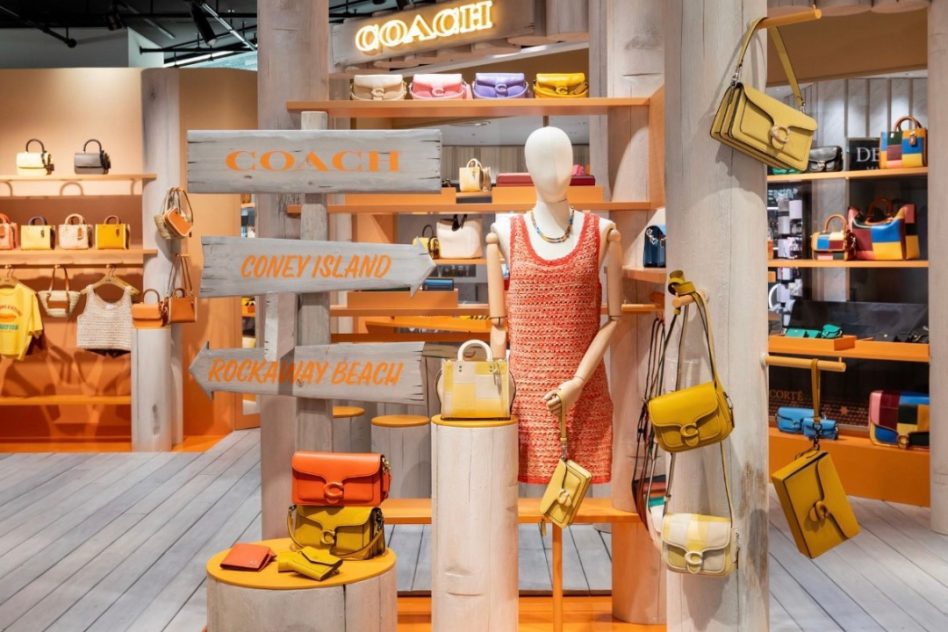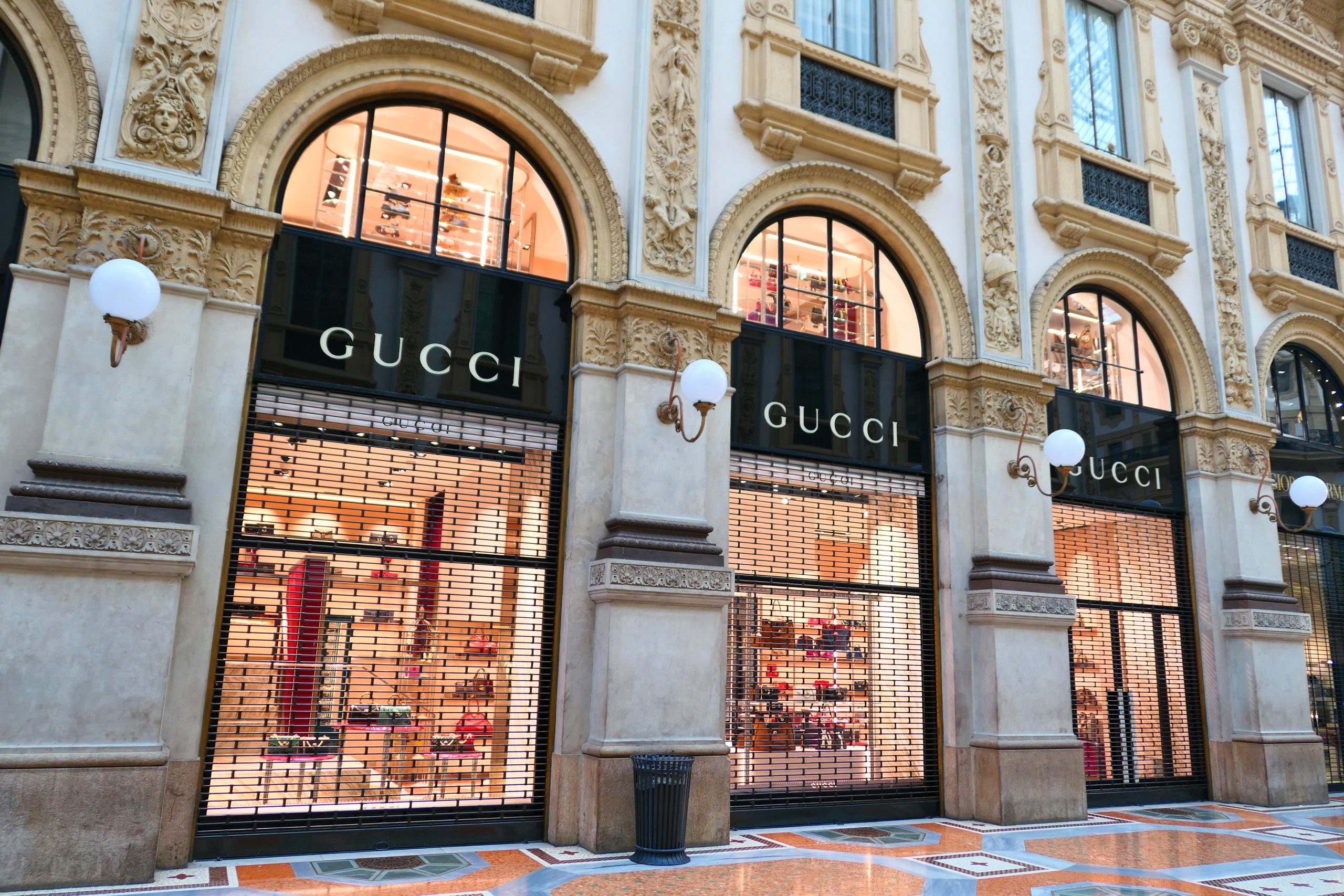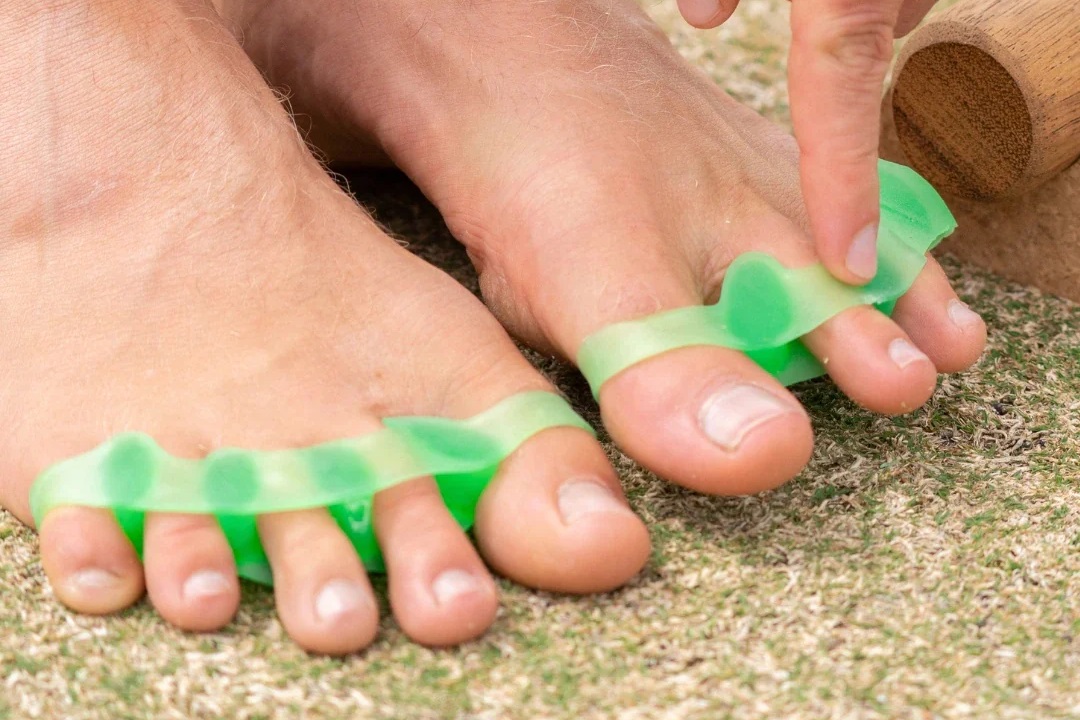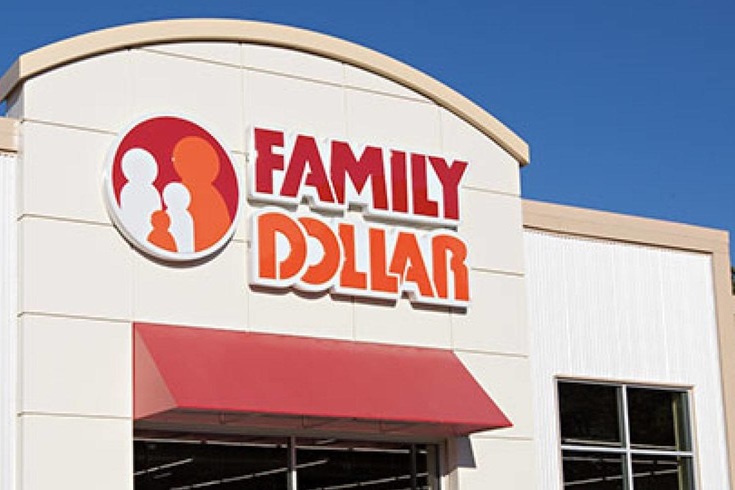
Image credit: Coach
The word affordable is not often associated with the world of luxury brands. This might be one of the main reasons why Tapestry, owner of Coach, is planning a prospective takeover of Capri Holdings, owner of the more affordably priced label Michael Kors.
With that said, growth trends in lower-end luxury items are far behind those of the current growth of first-class brands. According to Tapestry’s chief financial officer, there is no such thing as accessible luxury anymore. Customers must either be willing to go up or down in standards when it comes to buying luxury items.
As a result, companies such as Michael Kors, Louis Vuitton, and many more, are now focusing more on the creation of emotional connections with customers and less on the price point and social status of their products.
This strategy has yet to pay off though, as over the last couple of years mid-level luxury labels have continued to struggle. In Tapestry’s case, it went from holding an almost 10% hold on international leather goods in 2017, to roughly a 7.5% share in 2022. Capri Holding’s dividend also dropped during this period, as did Ralph Lauren, Tory Burch, and a host of other fashion companies.
On the other hand, top-level luxury brands have done a lot better. Between 2017 and 2022, Louis Vuitton increased its standings in the worldwide luxury leather market from 22% to 29%. Throughout the same period, Gucci also increased its holding from 15% to almost 20%. In the last five years, Hermès, Chanel, Prada, and Kering, also reported significant returns in profit on their luxury bag lines.
This profit increase in high-end luxury items isn’t limited to accessories such as leather bags alone, similarly, products like Swiss watches and others have also reported a significant rise in their volume of sales over the past several years.
One reason for this is that Europe hosts many of the largest and most well-established luxury brands, meaning that they possess the largest budgets for expenses such as opening new stores and the ability to hire the highest-profile celebrities for ad campaigns. This is something mid-tier brands simply cannot compete with.
The market is also a lot less competitive at the top, with only a few brands ruling the space. At the lower end, the marketplace can be a ruthless place, where modern consumers are always on the prowl for a bargain and current economic conditions are also forcing shoppers to buy fewer ‘non-essential’ items than usual.
However, it is this ‘bargain hunting’ that might actually aid mid-level luxury brands like Michael Kors in the long run. With household budgets tighter, it is harder than ever to find an ideal place between quality and price. This is where brands such as Michael Kors, Coach, and other midway players in the fashion industry shine.
As both Tapestry and Capri Holdings are heavily affected by quarterly shareholder investments, their biggest issue is controlling their product volume and limiting negative outcomes such as excess inventory. Contrast this with the large European publicly traded luxury empires, which have greater financial and decision-making freedom, and it is easy to see why companies like Tapestry are falling behind fast.
Last month, both Kering and LVMH, owners of Gucci and Louis Vuitton respectively, revealed that products in both their mid-range and low-tier price points are not selling nearly as well as those in their top-of-the-range spectrum.
This revelation only compounds the fact that, at the moment, things aren’t looking so good for the ‘affordable’ luxury brand industry. With middle- and lower-class families being hit the hardest by the economic squeeze, Tapestry’s core customer base continues to shrink, as on average, these households are spending a lot less than they were just a few years ago.
Since 2019, households earning $150,000 or less have seen the lowest cash balance gains year-over-year. Although this hasn’t severely threatened these family’s abilities to pay for daily needs, it has seriously affected their shopping habits, resulting in them being much less likely to indulge in any frivolous spending.
While experts have predicted a slight annual growth in the total luxury market by the end of the year, overall it is believed that the affordable luxury sector will continue to struggle. Despite the risk, Tapestry and Capri Holdings potentially merging might be the only way to weather the current economic storm and come out on the other side still in business.

Image credit: Coach
The word affordable is not often associated with the world of luxury brands. This might be one of the main reasons why Tapestry, owner of Coach, is planning a prospective takeover of Capri Holdings, owner of the more affordably priced label Michael Kors.
With that said, growth trends in lower-end luxury items are far behind those of the current growth of first-class brands. According to Tapestry’s chief financial officer, there is no such thing as accessible luxury anymore. Customers must either be willing to go up or down in standards when it comes to buying luxury items.
As a result, companies such as Michael Kors, Louis Vuitton, and many more, are now focusing more on the creation of emotional connections with customers and less on the price point and social status of their products.
This strategy has yet to pay off though, as over the last couple of years mid-level luxury labels have continued to struggle. In Tapestry’s case, it went from holding an almost 10% hold on international leather goods in 2017, to roughly a 7.5% share in 2022. Capri Holding’s dividend also dropped during this period, as did Ralph Lauren, Tory Burch, and a host of other fashion companies.
On the other hand, top-level luxury brands have done a lot better. Between 2017 and 2022, Louis Vuitton increased its standings in the worldwide luxury leather market from 22% to 29%. Throughout the same period, Gucci also increased its holding from 15% to almost 20%. In the last five years, Hermès, Chanel, Prada, and Kering, also reported significant returns in profit on their luxury bag lines.
This profit increase in high-end luxury items isn’t limited to accessories such as leather bags alone, similarly, products like Swiss watches and others have also reported a significant rise in their volume of sales over the past several years.
One reason for this is that Europe hosts many of the largest and most well-established luxury brands, meaning that they possess the largest budgets for expenses such as opening new stores and the ability to hire the highest-profile celebrities for ad campaigns. This is something mid-tier brands simply cannot compete with.
The market is also a lot less competitive at the top, with only a few brands ruling the space. At the lower end, the marketplace can be a ruthless place, where modern consumers are always on the prowl for a bargain and current economic conditions are also forcing shoppers to buy fewer ‘non-essential’ items than usual.
However, it is this ‘bargain hunting’ that might actually aid mid-level luxury brands like Michael Kors in the long run. With household budgets tighter, it is harder than ever to find an ideal place between quality and price. This is where brands such as Michael Kors, Coach, and other midway players in the fashion industry shine.
As both Tapestry and Capri Holdings are heavily affected by quarterly shareholder investments, their biggest issue is controlling their product volume and limiting negative outcomes such as excess inventory. Contrast this with the large European publicly traded luxury empires, which have greater financial and decision-making freedom, and it is easy to see why companies like Tapestry are falling behind fast.
Last month, both Kering and LVMH, owners of Gucci and Louis Vuitton respectively, revealed that products in both their mid-range and low-tier price points are not selling nearly as well as those in their top-of-the-range spectrum.
This revelation only compounds the fact that, at the moment, things aren’t looking so good for the ‘affordable’ luxury brand industry. With middle- and lower-class families being hit the hardest by the economic squeeze, Tapestry’s core customer base continues to shrink, as on average, these households are spending a lot less than they were just a few years ago.
Since 2019, households earning $150,000 or less have seen the lowest cash balance gains year-over-year. Although this hasn’t severely threatened these family’s abilities to pay for daily needs, it has seriously affected their shopping habits, resulting in them being much less likely to indulge in any frivolous spending.
While experts have predicted a slight annual growth in the total luxury market by the end of the year, overall it is believed that the affordable luxury sector will continue to struggle. Despite the risk, Tapestry and Capri Holdings potentially merging might be the only way to weather the current economic storm and come out on the other side still in business.



